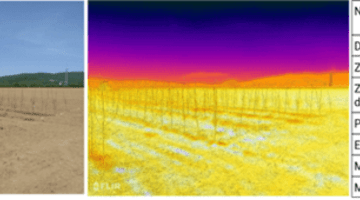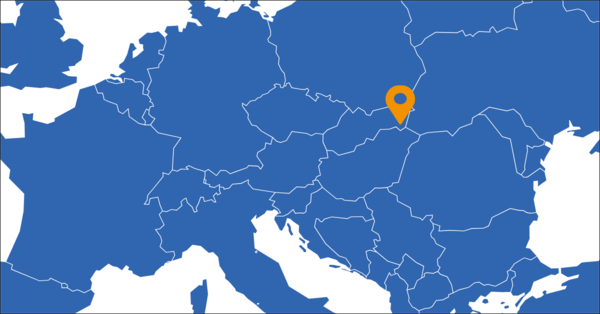
We forgot about water in landscape planning and that's why our landscape is overheating
For territorial development, rainwater was a nuisance that public policies tried to remove from ecosystems as quickly as possible from areas that were us...

The Roňava river basin is located in the south-eastern part of Slovakia. The river catchment is characterised by its relatively small size and vulnerability to various types of floods. The catchment area is particularly susceptible to floods with rapid onsets, making it prone to sudden inundation. The occurrence of different flood types, including flash floods, primarily during intense storm downpours, floods resulting from heavy rainfall, melting snow, and simultaneous precipitation, as well as floods triggered by ice jams, contribute to the complex hydrological dynamics of the region. Due to its compact size, the catchment area is prone to accelerated stormwater runoff, exacerbating the risk of floods. The region also faces an increased likelihood of heat waves, further intensifying the challenges associated with water management and flood control.
Previous activities in the Roňava River Catchment aimed at diverting large volumes of water from the catchment were implemented to create favourable conditions for high-intensity agricultural production and developed agriculture. However, this approach has led to adverse consequences, including accelerated runoff and increased susceptibility to floods. In response to the pressing need for adaptation to anticipated climate change, there is now a requirement to implement solutions that prioritise slowing down runoff. By addressing the consequences of past actions and adapting to changing climate conditions, the Roňava River Catchment will work towards fostering resilience and ecological health in the region.
Collaborative efforts with landowners are underway to identify and locate suitable Nature-Based Solutions (NBS) across various landscapes, including forests, agricultural lands, and built-up areas. The primary objective is to implement NBS that contribute to a dual-purpose approach: reducing sensitivity to both floods and droughts. By strategically deploying the NBS, the aim is to enhance the catchment's resilience against extreme weather events. This involves not only mitigating the impact of flash floods but also addressing concerns related to water scarcity during periods of drought. Through the identification and implementation of appropriate NBS positive outcomes are anticipated, including a more robust and sustainable landscape, increased resistance to climatic extremes, and improved overall ecological health in the Roňava River Catchment.
The active involvement of locals and private landowners is crucial for the success of LAND4CLIMATE. The key focus of the regional project partners is extending invitations to local municipalities and landowners within the catchment area to engage in the preparation and implementation of the Nature-Based Solutions. Private landowners have been specifically targeted through workshops where they were apprised of the opportunities to actively participate in the implementation of the project. During these workshops, information was provided, outlining the avenues through which private landowners can contribute to the initiative. This approach not only seeks to gather support but also empowers private landowners with the knowledge and tools necessary to play a meaningful role in the successful realisation of the LAND4CLIMATE objectives within the Roňava River Catchment.